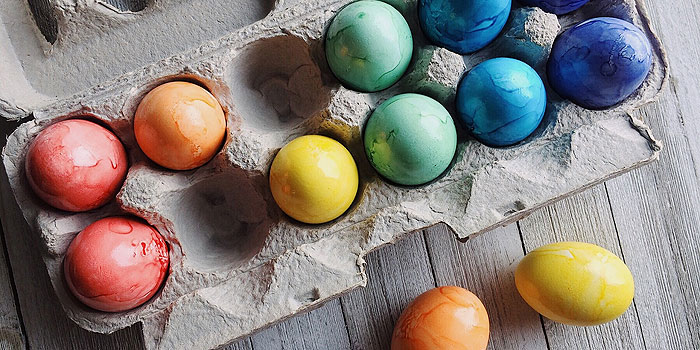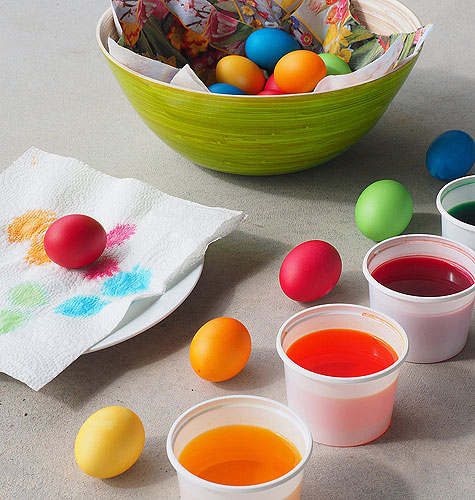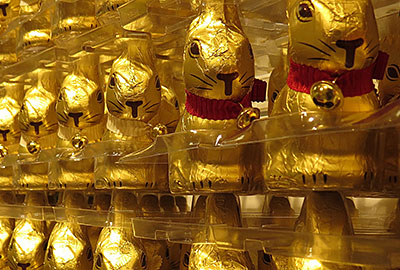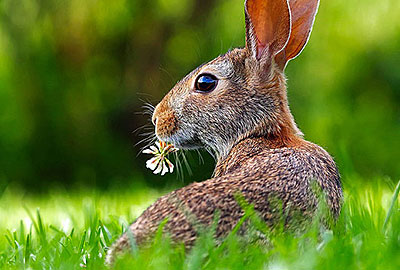



History of the Easter Egg
- ArticlesandContent.com (CIRCA 2005)
- /
- Oct 8, 2021 (written 2005)
The pagan festival of Eastre was celebrated at the start of spring and it was designed to welcome in the new life that would come forward at this time.
At Easter time it is traditional for people to give each other chocolate eggs. These come in various shapes and sizes and can be incredibly elaborate. However few people actually know the history of the Easter egg and why this is given at Easter time. In order to fully understand where the Easter comes from you need to go back to pagan times.
The pagan festival of Eastre was celebrated at the start of spring and it was designed to welcome in the new life that would come forward at this time. New leaves were growing on the trees, many animals would start to give birth and the days become longer as the sun rose in the sky. Eggs were the perfect symbol to present rebirth and they featured heavily in the festival.
Around the same time Christians also began celebrating the Resurrection of Christ after he was crucified on the cross. Many people saw the egg as representing the stone that blocked Christ's final resting place. This stone was rolled away which meant that Christ has been reborn and the egg as a symbol of this stayed with the Christian religion.
Early Easter Eggs: Eggs To Represent Rebirth
Early Easter eggs were not like the eggs that many people will associate with Easter today. Most of them were goose, duck or hen eggs that were painted or decorated by people celebrating Easter. Traditionally these eggs were decorated while fresh which meant that they would not last for very long and they could not be eaten. As time went on people began to hard boil these eggs which gave them a longer lifespan. The painting and decorating of eggs at Easter time is a tradition that still goes on in parts of Europe and the UK.
By the 18th century Easter eggs were made from cardboard and were packed full of gifts for the people they were intended for. The Czars Russia had eggs that were encrusted with jewels and highly decorated made by Carl Faberge. Many of these eggs are still in existence and will cost millions of dollars as they are so highly sought-after.
Easter Eggs From The 1800s
By the 1800s the first Easter eggs to be made out of chocolate started to emerge in France and Germany. These eggs were loved by children and adults alike and soon the tradition of making chocolate Easter eggs started to spread throughout the rest of Europe. The first eggs that were made were solid which meant it took a lot of chocolate to make a single one. Eventually these were made hollow and people would fill the centre of the egg with gifts.
Today Easter eggs are bought in their millions to celebrate Easter and there are many games which surround them. It is traditional in Europe to roll the brightly painted hard boiled eggs down hills and see which one remains the most intact by the time they reach the bottom. There are also many other variations on these games which are still played around the world today.


